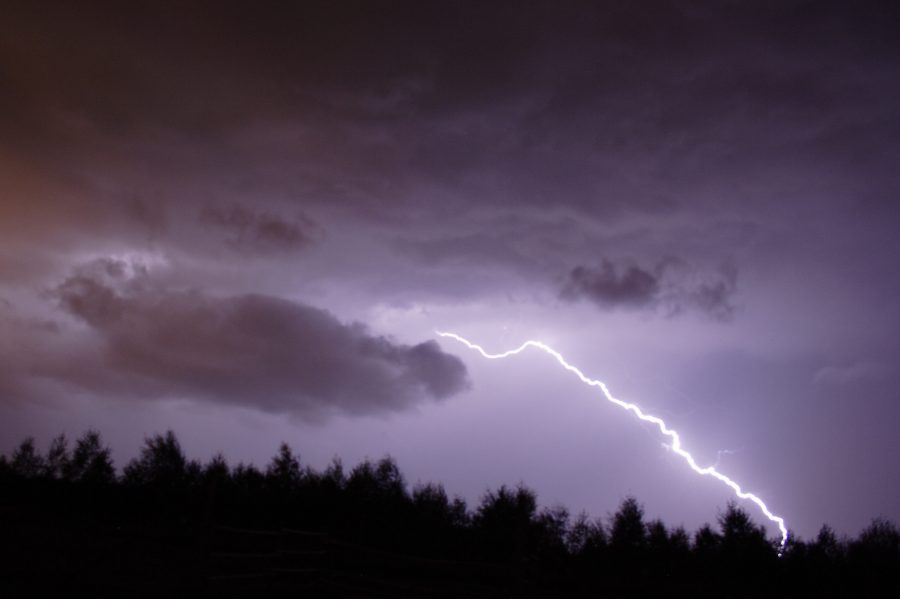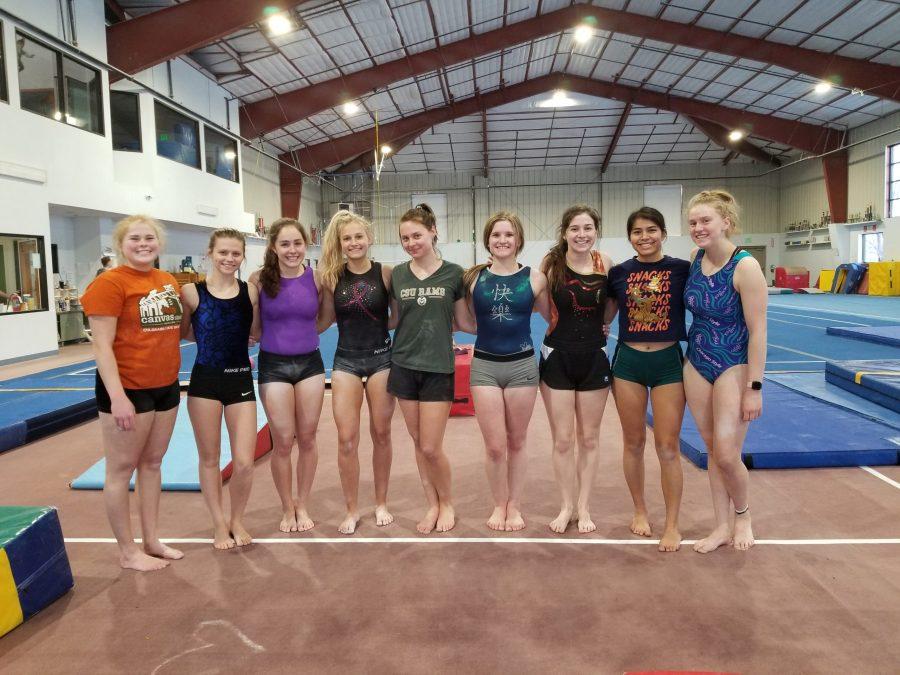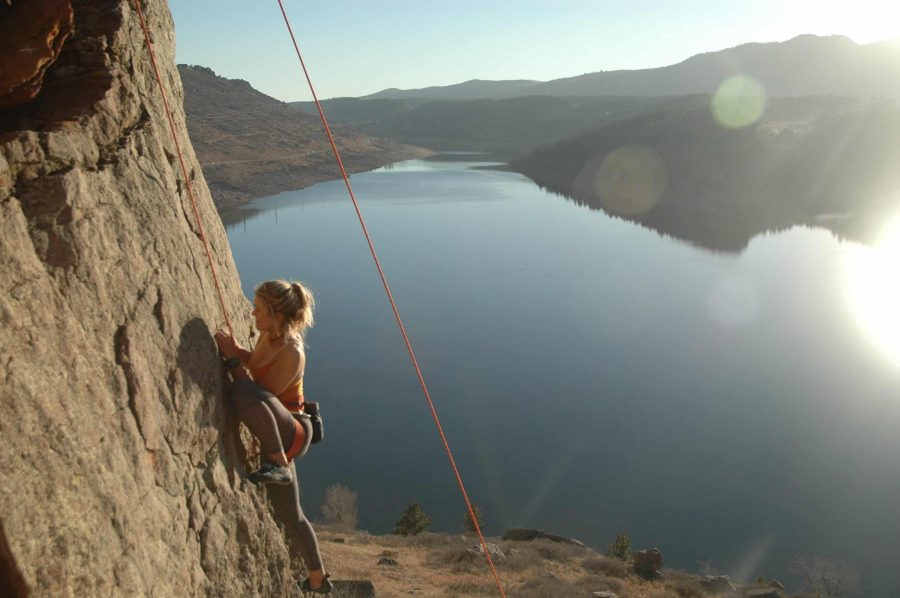SPONSERED CONTENT
By Trigg Skoe
Capitol City
Near Lake City, nine miles up into the mountains on Engineer pass the ghost town of Capitol City can be found. Here in 1877 is where George S Lee dreamed of being the Colorado Governor and he ended up naming the area Capitol City in hopes for it to be the capital of Colorado. At this ghost town a few structures still can be seen fighting through the grove of aspens.
Independence

In the eastern corner of Pitkin County on Independence pass an abandoned mining camp can be found peeking out of the Mountains near Aspen and State Highway 82. The settlers who came upon this area, the first in the Roaring Fork Valley, deemed the mining camp Independence. Independence is a unique ghost town because of the preserved structures that still stand. The town itself had once been occupied by an estimated 1,500 people by the mid 1800’s. When the mining had run dry around the 1890’s, the town of Independence was abandoned by its occupants by disassembling their homes and riding out on wooden skis. Independence ghost town is very easy to access and is surrounded by great activities with hiking all around and a campground offered near Aspen.
Teller City
Within the deep woods of Colorado’s North Park area, the ghost town Teller City can be stumbled upon. This was a silver mining camp that boomed in the 1880’s and stayed booming until the drop of silver price in the late 1880’s causing most of the occupants to pack up and move on. Teller City is a really cool area dispersed within the trees of Roosevelt National Forest. Around Teller City is a ¾ mile easy trail leading to reaming structures, make sure to leave an hour or so to explore the area and take some photos!
Dearfield
Getting out of the Mountains and going east towards the plains, a small community of 700 African Americans in the 1900’s would have been found in the settlement Dearfield. Today the remains of the founder’s home, a gas station, and a diner still inhabit these desolate plains. The town struggled at first with the difficult agricultural environment, but none the less succeeded. It wasn’t until the great depression a decline in the economic success was seen. Dearfield is an interesting ghost town to explore and research as it’s settlement was designed differently than those of mining towns.

St. Elmo & Tin Cup
This is one of the best preserved ghost towns in the state and is located next to the town of Tin Cup. St. Elmo was established in 1880 as a gold and silver mining operation, found 20 miles southwest of Buena Vista in the Sawatch Mountain Range. To this day the wooden storefronts and the dusty mainstreet can still be viewed. The rustic look and ominous feel puts you right back into the late 1800’s. Nearby St. Elmo is Tin Cup, named for a man who carried gold back in a tin cup. Tin Cup is still occupied by a few and offers an insight on it’s gruesome past found in the remains of the graveyard. Tin Cup was notoriously known for violence and always needing a new sheriff.
Vicksburg & Winfield
Hidden in the Collegiate Peaks Wilderness the remnants of Vicksburg and Winfield remain with the lost hopes and dreams of those who came to make riches, but came home empty handed. These towns are found between Leadville and Buena Vista off State Highway 24 in Chaffee County. Vicksburg was founded after 1867 when miners followed their burros to the steep canyon where gold was discovered in the Clear Creek Canyon. This gold would quickly run out and the town became abandoned in nearly three years. Similarly to Vicksburg, Winfield is found further up the canyon, but alas still only had a few golden years and was abandoned in 1869.
Ohio City & Pitkin
Northeast of Gunnison a few ghost towns can be found. Ohio City and Pitkin aren’t completely abandoned as few permanent residents occupy them in private homes and a few seasonal cabins can be seen as well. Ohio City had multiple times where it boomed and then went bust leaving many structures in the area. Further north on Quartz Creek Road the town of Pitkin can be found. Pitkin offers one of the largest collections of standing structures which makes this area one to put on the list.
Alta
About ten miles from Telluride the center of mining in the area for the 1870’s to the 1940’s was found in the settlement of Alta. In the San Miguel mountains Alta was only occupied by a few hundred people and still today several structures can be seen. The mine was unique because it was one of the first to use Tesla’s transmission system allowing for more efficiency and less coal trips with the burros. Alta is a special ghost town do to the innovation that occurred and the mining power house it once was.










